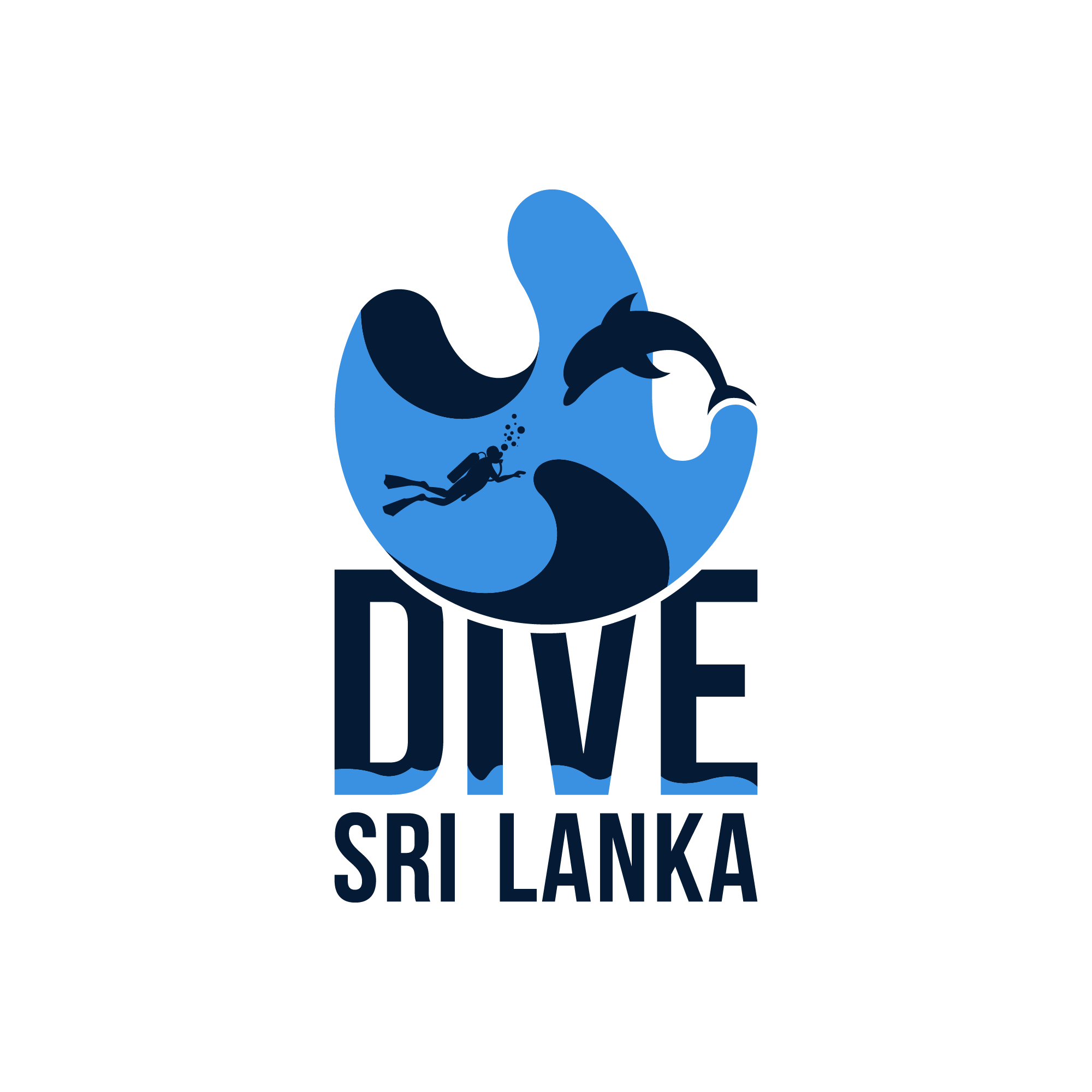

Ten ways a diver can protect the aquatic realm ( Produced by PADI for Project A.W.A.R.E)
Although they may look like rocks or plants, many aquatic organisms are fragile creatures that can be damaged or harmed by the bump of a tank, knee or camera, a swipe of a fin or even the touch of a hand. It is also essential to know that some aquatic organisms, such as corals, are incredibly slow-growing. You may destroy decades of growth by breaking off even a tiny piece. You can stop devastating and long-lasting damage to majestic dive sites by being careful.
Much damage to the environment is done by humans unknowingly. Keep your alternate air source and gauges secured so they don't drag over the reef or bottom. By controlling your buoyancy and taking care not to touch coral or other fragile organisms with your body, diving equipment or camera, you will have done your part in preventing injury to aquatic life.
If you haven't dived for some time, your skills (especially buoyancy control) may need sharpening. Before heading to the water, seek bottom time with a certified assistant or instructor in a pool or other environment where a few bumps and scrapes won't damage. Better yet, take a diving continuing education course such as PADI Scuba Review, the PADI Adventures in Diving course or a PADI speciality Diver course.
As every diver soon learns, very few aquatic life forms threaten us. In fact, some creatures even seem friendly and curious about our presence.
As we become bolder and more curious ourselves, we may even feel compelled to touch, handle, feed and even hitch rides on certain aquatic life.
However, our actions may cause stress to the animal, interrupt feeding and mating behaviour, introduce food items that are not healthy for the species or even provoke aggressive behaviour in typically non-aggressive species.
Through adaptation to an aquatic environment, underwater life often differs significantly in appearance from the life we are used to seeing on land. Many creatures only appear to look like plants or inanimate objects. Using them as "toys" or food for other animals can leave a trail of destruction that can disrupt a local ecosystem and rob other divers of the pleasure of observing or photographing these creatures. Consider enrolling in a PADI Underwater Naturalist or AWARE Fish Identification course.
Dive sites that are heavily visited can be depleted of their resources in a short period of time. Collecting specimens, coral and shells in these areas can strip their fascination and beauty. If you want to return from your dives with trophies to show friends and family, you may want to consider underwater photography.
You may be among the group of divers who get pleasure from taking food from the aquatic realm. If you engage in this activity, you must obtain proper licensing and become familiar with all local fish and game rules. Local laws are designed to ensure the reproduction and survival of these animals
Only take creatures that you will consume. Never kill anything for the sake of killing. Respect the rights of other divers who are not hunting. Avoid spearfishing in areas other divers use for sightseeing and underwater photography. As a submarine hunter, understand you affect the environment.
As a diver, you are uniquely positioned to monitor the health of local waterways, lakes and coastal areas. If you observe an unusual depletion of aquatic life, a rash of injuries to marine animals or notice strange substances or objects in the water, report them to local authorities, such as the local office of the environmental protection agency or similar organisation in your country
As a diver, you realise that when someone tosses a plastic wrapper or other debris overboard, it is not out of sight or out of mind. You see the results of such neglect. Set a good example in your interactions with the environment, and other divers and non-divers will follow suit.
You may feel you can't save the world, but you can greatly impact the corner of the planet where you live and dive. There are plenty of opportunities to show your support for a cleaner aquatic environment, including local beach cleanups and attending public hearings on matters that impact local coastal areas and water resources. Know all sides of the oceanic environmental legislative issues and make your opinions known at the ballot box.